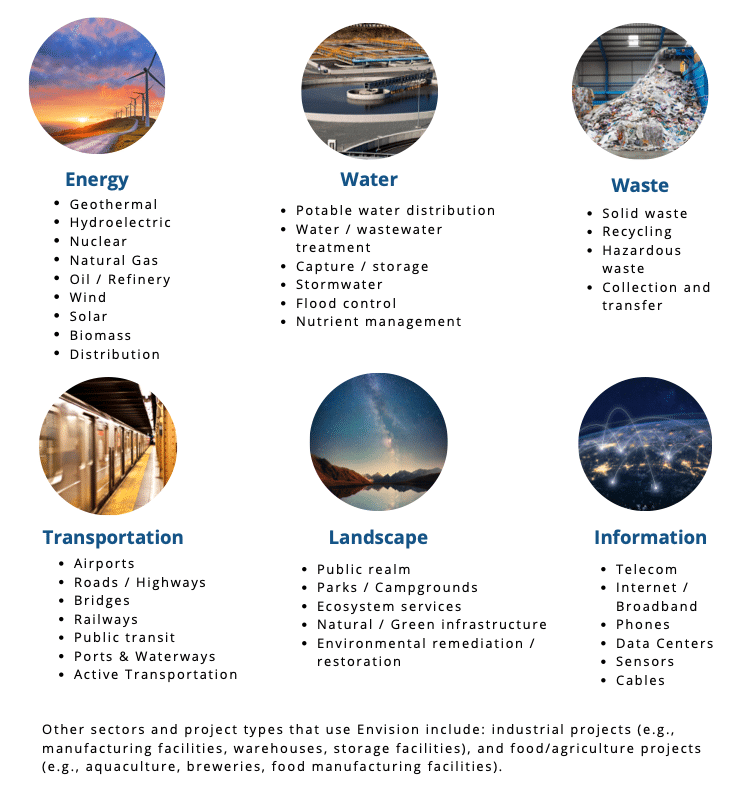Credit CR1.1: Reduce Net Embodied Carbon: This credit requires the project team to reduce the upfront carbon of the primary materials used on the project during construction and operation. Structural engineers play a crucial role in helping the project team reduce the embodied carbon of the infrastructure’s structural components. The certification will award the team five points for a five percent reduction of embodied carbon compared to a baseline. The points step up as a larger amount of embodied carbon is reduced. Up to 20 points will be awarded if the team achieves a 50% embodied carbon reduction compared to the baseline. In Envision, a baseline is defined as conventional performance or “business as usual.” Due to the broad applicability of types, sizes, and locations of infrastructure projects, appropriate and applicable baselines must be determined by the project team. Envision provides four acceptable ways of defining a baseline, in order of preference:
- Existing conditions or the existing system(s) the project will replace
- A seriously considered project alternative
- Industry “standard practice” or existing codes, standards, or regulatory requirements
- A project of similar scope and size operating within the same geographic area or a geographic area with similar operating conditions.
Early in the design phase, the design team should agree on which consultant should include the life cycle assessment (LCA) for the baseline in their scope. Engineers will need to utilize embodied carbon reduction strategies and technologies in addition to measuring the structural embodied carbon through an LCA tool. By measuring and utilizing reduction strategies, the embodied carbon footprint can be reduced to the greatest extent possible.


